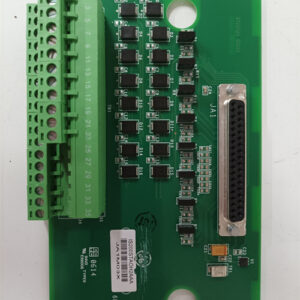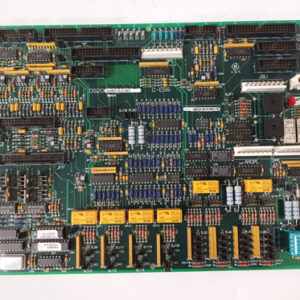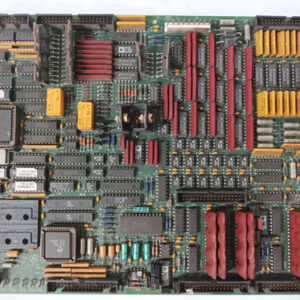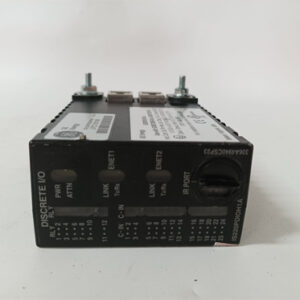الوصف
The GE IS200MVRBH1A is an Expanded Analog I/O Card for the GE Mark Ve (MKVe) and Mark VIe (MKVIe) turbine control systems. This board serves as a crucial interface, providing a high-density, high-speed connection for a wide array of analog sensors and actuators.
Function and Purpose 📈
The primary function of the IS200MVRBH1A is to process and manage a large number of continuous, or analog, signals. Unlike digital signals that are simply on or off, analog signals represent a range of values, such as temperature, pressure, flow, or vibration. This card is essential for the system’s ability to accurately read data from sensors and send precise commands to actuators. Its “expanded” nature means it can handle a greater number of I/O points than standard analog cards, which makes it ideal for complex turbine control applications. The card features built-in signal conditioning and filtering to ensure the integrity of the data, which is vital for maintaining the stability and performance of the turbine.
Key Features and Specifications
- High-Density I/O: Designed to support a large number of analog input and output channels.
- Signal Conditioning: Includes circuitry to filter out electrical noise and provide a clean signal to the main processor.
- Compatibility: Works seamlessly with other GE Mark VIe control modules, including the processor and I/O packs.
- Hot-Swappable: The module can be replaced without shutting down the entire system, which reduces downtime during maintenance.
Related Components
The IS200MVRBH1A is a fundamental part of a larger control system and interacts with several other key components:
- IS215VPRO Processor Board: The central processing unit that receives data from the IS200MVRBH1A and sends control commands back.
- IS215AIOH I/O Pack: An electronic module that typically mounts on the terminal board, containing the active electronics for signal processing.
- Field Devices: The module connects to a variety of field devices, such as thermocouples, pressure transmitters, and vibration sensors, which provide the analog signals.


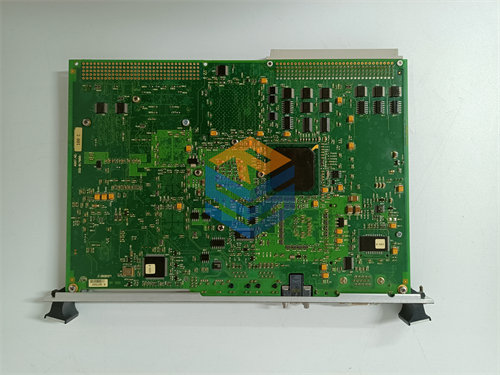

 +86 15340683922
+86 15340683922 +86 15340683922
+86 15340683922